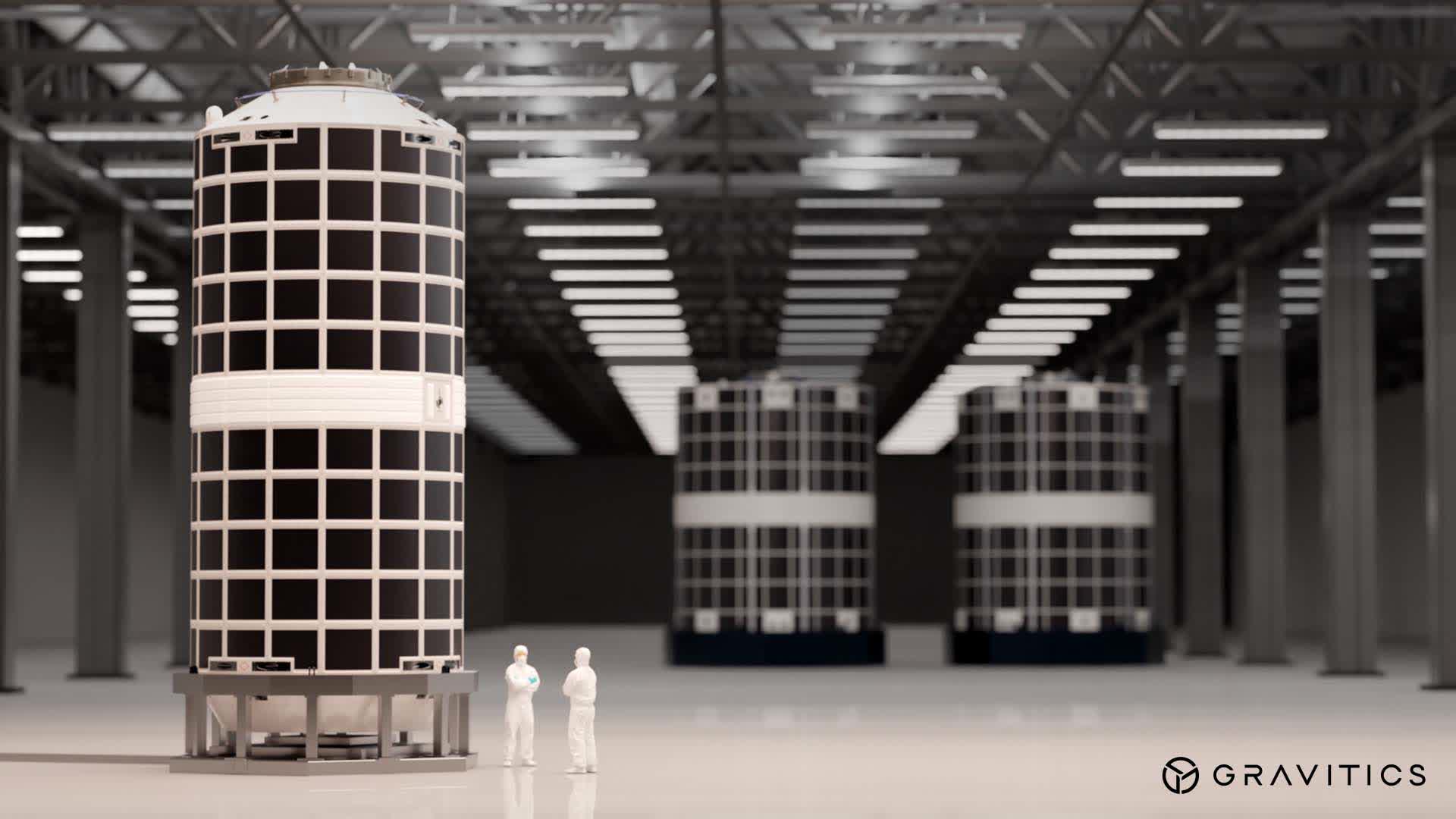TL;DR: The U.S. Space Force has tapped Seattle-based Gravitics to develop something akin to an aircraft carrier – but for spacecraft instead of jets. It’s a $60 million contract signed off with the goal of protecting national assets up in space from potential threats in orbit.
Reports suggest that countries like Russia and China are developing advanced counter-space capabilities. These include a mix of kinetic, non-kinetic, and cyber tools designed to disable or destroy satellites. That alone sounds dangerous. But even more alarming is the fact that any explosion in space creates debris, which can cause cascading damage to other systems in orbit.
Our best hope is never coming close to such a scenario. But for deterrence, the U.S. aims to maintain ready-to-launch countermeasures and backup communication and reconnaissance systems – making any attack a likely exercise in futility.
That’s where Gravitics’ space “aircraft carrier” concept comes into play. The idea is to pre-position a mothership in orbit, stocked with satellites or spacecraft, and shielded from the harsh space environment until needed.
The carrier would feature pressurized modules, with batteries and sensitive electronics on board protected from threats like radiation.
In the event of a threat, these spacecraft could deploy at a moment’s notice. Gravitics CEO Colin Doughan describes it as “a pre-positioned launch pad in space” that “bypasses traditional launch constraints.”
The company says a demo mission could launch as early as 2026, though no firm date has been announced. In fact, details about the project remain limited.
It’s worth noting that this isn’t Gravitics’ first venture. The startup was founded in 2021 with ambitious plans to build large, habitable structures with artificial gravity – hence the name “Gravitics.” But before space hotels, the company is starting smaller: its first product is a 4-meter module designed to support missions like Axiom’s private space station.
Gravitics is also working on early designs for a much larger module, dubbed “StarMax” – a 7.6-meter-diameter structure with 400 cubic meters of pressurized volume.
For now, though, the company’s top priority appears to be delivering the U.S. military a next-gen orbital mothership to help maintain dominance over the new “high frontier.”
Source link
